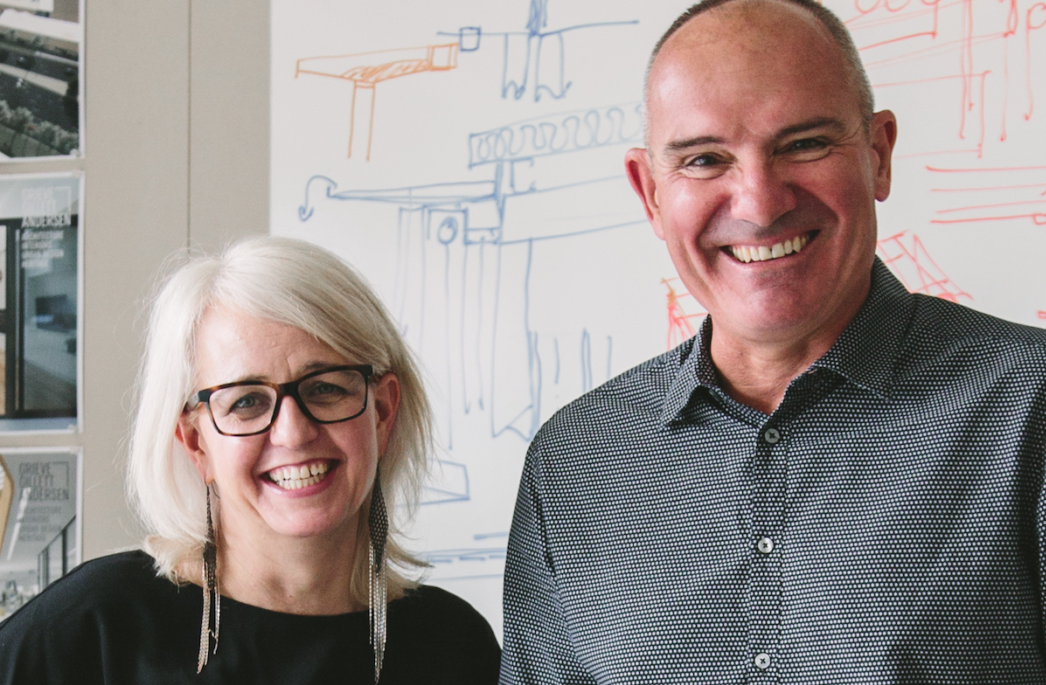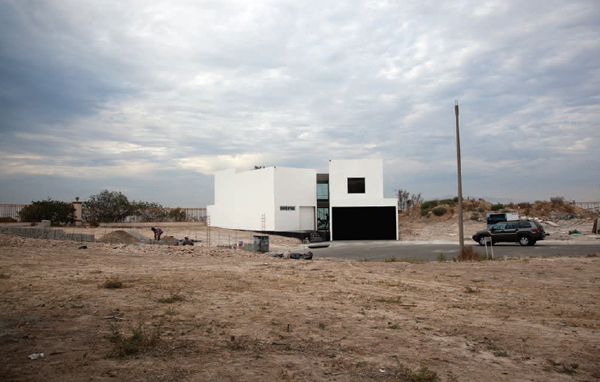
Design thinking, everybody’s doing it
Design thinking, everybody’s doing it
Share
Image above: Casa Anaya, Tijuana, Baja California, Mexico, located on a hilltop offering views of the city below. Images courtesy ZELLNERPLUS.
Following the much maligned overuse in the business world of the terms ‘sustainability’ and ‘community’ in the midnoughties, ‘design thinking’ is catching on as a new term and framework for addressing business challenges. In many ways ‘design thinking’ is a logical extension of the call to innovate. Indeed, ‘innovation’ is the current buzzword in business literature. ‘Innovate or die is the stark message for big business. Big companies that fail to innovate risk extinction. That’s the stark truth,’ according to BBC journalist Matthew Wall. The entry of design thinking into the parlance of business is an intriguing evolution of strategic thinking and the latest convergence with the design world.
Design thinking, as is understood in architecture, is a process driven, iterative examination that draws forth and analyses the complexities of creating a building or site response, examining the physical, cultural, social, political and economic constraints and opportunities to deliver a response that is tailored to each site and problem. It accepts that humans are central to any problem and that one does not know the outcome at the start of the process.
With the success and growth of technology companies such as Apple or Google – which have employed a human-centric view to their products – it is timely that businesses and economies worldwide are looking towards innovation to grow their market share and competitive edge – especially since one of the hardest parts of innovation for most businesses to understand is the question of innovation itself, or, more simply, ‘how to innovate’. Intuit is a US-based software development company producing financial software packages, utilising design thinking to ‘increase customers’ emotional connection with the company and to increase its market share’. Intuit attempted to integrate design thinking into every aspect of the business, including trying to find ‘new ways to instil design thinking’, they ‘even tried changing the layout of … office spaces’. In 2006 Intuit had six designers at the executive level, today it has thirty-five.
Large organisations, such as the Bill and Melinda Gates Foundation and the Rockefeller Foundation, have embraced design thinking, with leading design schools across the world teaching design thinking. The d.school: Institute of Design at Stanford University promises ‘radical collaboration’ and off ers a series of courses, ranging from a 90-minute ‘virtual crash course in design thinking’ through to a ten-week course. The courses are aimed at graduates and beginners, with: ‘NO PREVIOUS DESIGN EXPERIENCE REQUIRED. We’ll provide all the information you need to be successful… Through this experience we hope you will take away some of the basic principles of design thinking and start to adapt them into your personal and professional routines.’ The Stanford approach is to: ‘utilise creative and analytical approaches and collaboration across disciplines, drawing from the methods of engineering and design and combining them with ideas from the arts, tools from the social sciences and insights from the business world.’
The convergence of design thinking and the business world elevates the importance of process and creates new problemsolving frameworks. This presents an opportunity for architects, with architects’ training placing the profession in a unique position to face the complexities of city-making. There are few other university degrees where students are versed in design processes replete with a seemingly endless set of constraints traversing the social, political, cultural, economic, financial and environmental spheres. Architects are trained to tackle complex problem-solving; and the rigours for problem-solving that design training presents are being taken up by business. Gregg Pasquarelli from SHoP Architects puts it: ‘What makes architects special is that they have the ability to think across multiple disciplines.’
The Royal Institute of British Architects (RIBA) reiterates this in the results of its study ‘The Future for Architects’ (2009) in which it outlined opportunities for architects, not only in traditional modes of practice, but also as leaders in interdisciplinary teams. The students and graduates interviewed for the study saw the future for architects being part of multidisciplinary, networked teams that did not fit what they termed the ‘narrow’ definition of architectural practice. Rather, they described these types of practices as ‘spatial agencies’. This approach to innovation through design thinking in businesses is relevant to architecture for several reasons: firstly, it is an opportunity for architects to engage with the world on problems beyond the distinct and defined world of the ‘capital A’ architect and it opens up the discussion of the role of the architect beyond this.
Architects who have moved beyond the delineation of ‘capital A’ architect roles talk about ‘taking a seat at the table’. Peter Zellner, an architect who recently left his boutique firm Zellnerplus to become principal and studio design lead at global design consulting firm AECOM, while continuing to teach at SCI-Arc, believes the move was precipitated by ‘the growing schism between academia and practice’. A delineation where there is a ‘fear within academic circles of the production of things and the act of doing, as well as a general fear of working within a corporate environment’. Yet for Zellner ‘capital A’ architects are not addressing many of the more significant challenges of our time, in particular the creation of cities in response to global capital flows, as well as the ecological crisis.
To have a seat at the table, Zellner suggests one must understand what drives large projects, the global economic flows and investment into real estate. He believes architects should at the very least take a ‘credible approach to the use of other people’s money’ and ‘be engaged with the system that architecture operates within’. As outlined in AR138–Margins in ‘The machine that makes land pay’, the global money markets connect us all and in turn we are all real estate investors in some form through the superannuation system. Indeed, in an Off iceUS blog interview, Zellner argues that for architects to have agency they must enter into the process of city-making at the point where decisions are being made.
Zellner is emphatic about the need for architects to be responsible for the work that they undertake within this system and have a responsibility (to use the purest professional nomenclature) for the delivery of the product to the client on time and within budget, which in theory should result in happy customers and repeat business.
It must be said that while buildings often perform a financial function and are traded, it is the cultural capital and value of the asset that creates long-lasting value for cities and, as Zellner puts it, value and return do not have to be in opposition, as it is through an understanding of how and why assets are created, that we design ‘environments that are worthy of sustained use across generations’. The creation of value in the built environment, as well as a return, is core to our time, where property assets are traded and are often represented and understood by owners as figures on a balance sheet. By engaging with the growing desire of a broad spectrum of businesses that are utilising what is core to architectural training – the design process – can the adoption of design thinking in businesses open up opportunities through which architects as spatial and design agents can traverse and contribute beyond the traditional domain?
Written by Clare Sowden for Architectural Review Asia Pacific.
You Might also Like






















